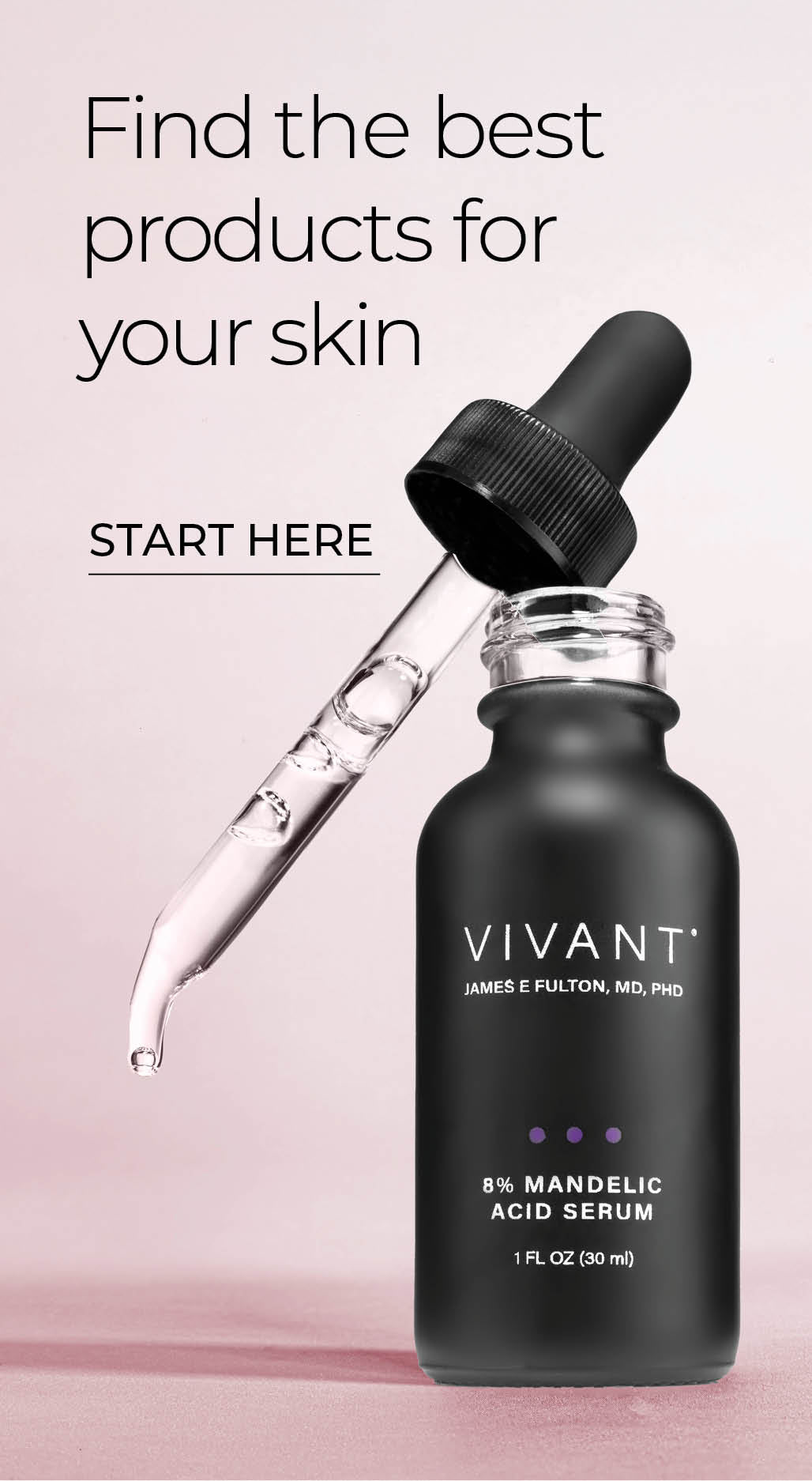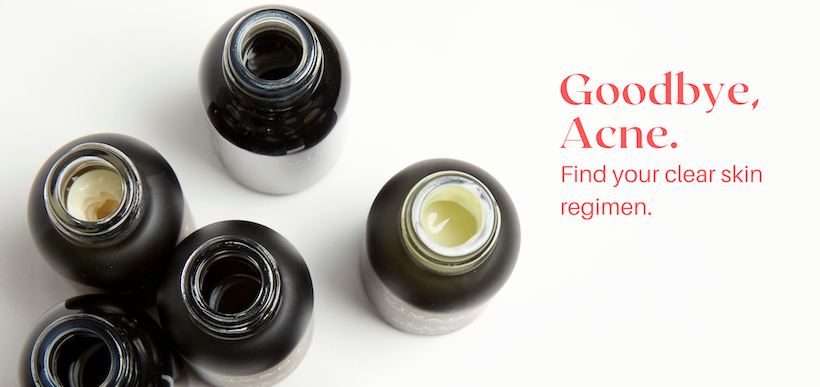Vitamin A: One Ingredient to Rule Them All

It’s been awhile since we’ve done a post specifically about Vitamin A. Since it’s the bedrock of the Vivant line, we figured it was time for a refresher on this game-changer.
Vitamin A is the crown jewel of skin care ingredients. It’s the one you choose if you can choose only one. Mainly because it can do it all.
Whether you’re targeting blemishes, fine lines, loose skin, or discoloration, Vitamin A has the benefits you’re looking for. It accelerates cell turnover, repairs cellular structure, reverses photo-aging, stimulates collagen and elastin production, thickens the dermis to make skin appear smoother and plumper, peels out impactions, clears blemishes, lifts excess pigment, diminishes and refines pores, strengthens the skin barrier, and promotes a radiant glow.
Allure Magazine says, “It’s basically magic.” We totally agree. As does pretty much the entire scientific and dermatological community. It’s probably the most studied skin care ingredient there is.
Vitamin A is involved in regulating the growth and specialization of pretty much every cell in the human body. The Vitamin A that you consume in the form of carotenoids is hard at work internally to keep cells healthy. The retinoids (compounds related to Vitamin A) that you use topically activate retinoic acid receptors (RARs) in the skin to aid and enhance cell function.
There are a number of derivations, which can get a little confusing. You’ve likely seen various names—retinoic acid, retinol, retinaldehyde, retinyl palmitate, retinyl acetate, retinyl propionate.
Prescription drugs like Retin-A®, Differen®, and Tazorac® use the strongest form, retinoic acid. Because it’s already in retinoic acid form, the body doesn’t need to convert it. While that makes it more potent, irritation is the price you pay.
To get around the irritation issue while maintaining the transformative results, Dr. Fulton (who incidentally was the co-developer of Retin-A®) developed and patented Vitamin A Propionate (or retinyl propionate). It’s just three carbon molecules away from retinoic acid (Retin-A®), meaning its size is small enough to be quickly and deeply absorbed by the skin, but not to cause the irritation that comes with the prescription forms.
It’s kind of a Goldilocks story in which Vitamin A Propionate is our fair golden-haired heroine. Retinyl palmitate (which you will see on a lot of skin care labels) is far too large with 16 carbon molecules more than retinoic acid. Retinyl acetate is far too small molecularly and has a tendency to recrystallize in any solution. Vitamin A Propionate is just right. It has the ideal molecular weight and configuration to remain stable in a solution and to be transdermally delivered to cells where it becomes a serious advocate for your healthy complexion.
When you first start using Vitamin A, your skin will get flaky and maybe a little itchy. Don’t freak out. It’s supposed to do that. This is what rapid cell regeneration looks like. It’s a good thing. And it will stop in two or three weeks as your skin acclimates. Remember, no flake, no fabulous.
It’s always easier to prevent than to repair, so start early with this architect of gorgeous, youthful skin and build yourself a strong, resilient foundation.
Shop our Vitamin A collection.


Comments
I have been using Vivant Products, I think since they were invented and my skin shows it! I keep adding to my skin regimen over the years so now I am using, Rejuv Rx, ExFolay Forte, Wink, Green Tea Wash and Beauty Grains. I am so happy with the products and this company. I will be a customer forever.